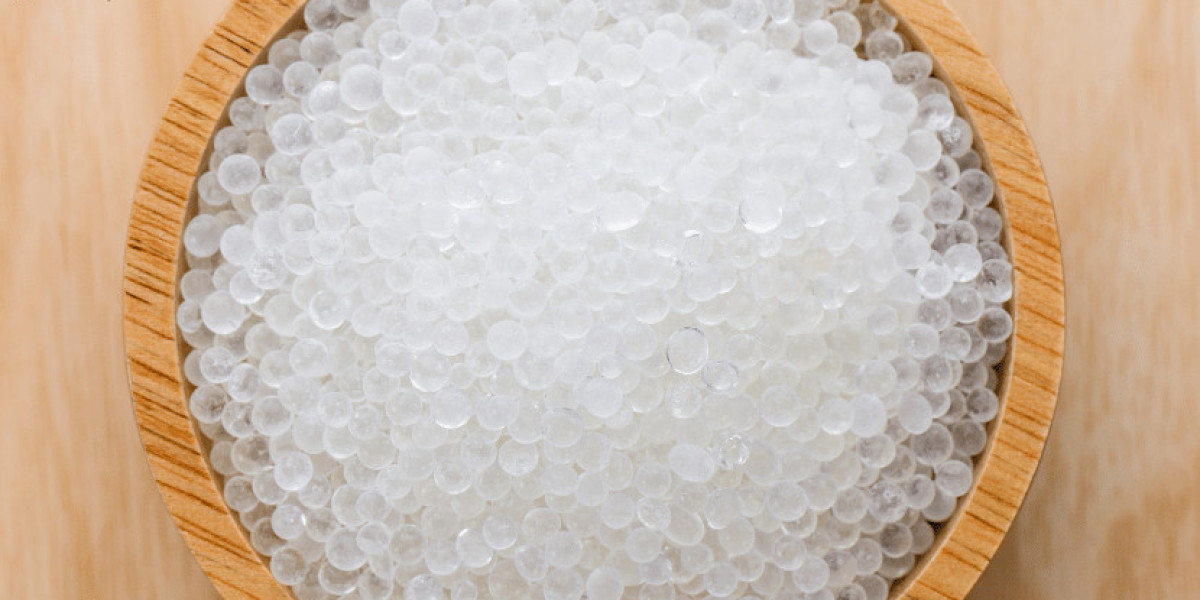Polymer gel is a versatile material widely used in industries such as healthcare, cosmetics, agriculture, and electronics. Known for its absorbent and flexible properties, polymer gel is found in products like medical dressings, contact lenses, personal care items, and even in water-absorbing applications. With continuous advancements in material science and increasing demand for high-performance polymers, the polymer gel industry has gained substantial momentum. Establishing a Polymer Gel Manufacturing Plant is an excellent opportunity for businesses looking to capitalize on the growing market demand for innovative polymer-based products. This article explores key aspects of the industry, including market trends, growth opportunities, challenges, and industry dynamics.
Overview of Polymer Gel Manufacturing Plant
A Polymer Gel Manufacturing Plant specializes in producing various types of polymer-based gels that are used across multiple sectors. These gels are created through the polymerization of synthetic or natural monomers, resulting in materials that can absorb and retain large amounts of liquid while maintaining structural integrity.
The manufacturing process involves sourcing raw materials, mixing and polymerizing the compounds, refining and drying the gels, and ensuring quality control before packaging and distribution. Given the wide applications of polymer gel, manufacturers must ensure that their products meet industry-specific standards, whether for medical use, industrial applications, or consumer products.
Get a Free Sample Report with Table of Contents@ https://www.expertmarketresearch.com/prefeasibility-reports/polymer-gel-manufacturing-plant-project-report/requestsample
Market Size and Share of Polymer Gel Industry
The global polymer gel market has witnessed steady expansion due to the rising demand for superabsorbent materials in various industries. The healthcare and personal care sectors are among the largest consumers of polymer gel, particularly for wound care products, adult diapers, and hygiene products. Additionally, the agricultural sector is adopting polymer gel for soil hydration and crop management, further driving industry growth.
The market size is also influenced by innovations in smart polymers, which are increasingly being used in drug delivery systems, wearable electronics, and advanced coatings. With leading manufacturers focusing on sustainability and bio-based alternatives, the polymer gel industry is poised for further growth in the coming years.
Market Dynamics and Trends
Several market dynamics shape the polymer gel industry, influencing both production and demand. Understanding these trends is essential for manufacturers looking to stay ahead in the competitive landscape.
- Growing Demand in Healthcare and Medical Applications
Polymer gels are widely used in wound care, prosthetics, and drug delivery systems due to their biocompatibility and ability to control moisture levels. The increasing need for innovative medical solutions is driving the demand for advanced polymer gels in the healthcare industry. - Sustainability and Biodegradable Alternatives
With growing environmental concerns, there is a shift toward biodegradable and eco-friendly polymer gels. Manufacturers are investing in plant-based and bio-derived polymers to reduce reliance on synthetic materials and minimize waste. - Innovations in Smart Gels and Responsive Materials
Smart polymer gels that respond to temperature, pH, and external stimuli are gaining popularity in industries such as electronics and biotechnology. These advanced materials are enabling new applications, including wearable sensors, smart packaging, and self-healing coatings. - Expansion of Agricultural Applications
Polymer gels are increasingly used in agriculture for water retention in soil, seed coatings, and controlled-release fertilizers. As global water scarcity issues persist, polymer-based solutions offer effective methods to improve water efficiency in farming.
Growth Opportunities in Polymer Gel Manufacturing
The Polymer Gel Manufacturing Industry presents numerous opportunities for businesses aiming to expand or enter the market. Some of the most promising growth areas include:
- Emerging Applications in High-tech Industries
The development of polymer gels with conductive and self-healing properties has opened new doors in the fields of robotics, flexible electronics, and energy storage. Manufacturers that invest in research and development can gain a competitive advantage in this evolving segment. - Customization and Niche Product Segments
With increasing consumer demand for specialized products, manufacturers can focus on developing custom polymer gels for specific applications, such as anti-aging skincare, pharmaceutical-grade gels, and industrial lubricants. - Global Expansion and Export Markets
Countries with strong demand for polymer gels in healthcare, agriculture, and personal care industries present lucrative export opportunities. Businesses can tap into international markets by meeting global regulatory standards and expanding their distribution networks. - Eco-friendly and Sustainable Innovations
Developing polymer gels that are biodegradable, non-toxic, and derived from renewable resources aligns with the increasing consumer preference for sustainable products. Companies investing in green chemistry and environmentally friendly formulations can attract eco-conscious consumers and businesses.
Challenges in Polymer Gel Manufacturing
Despite the lucrative growth potential, manufacturers in the polymer gel industry must overcome various challenges to maintain profitability and market competitiveness.
- Raw Material Price Volatility
The cost of raw materials, including synthetic polymers and bio-based alternatives, can fluctuate due to supply chain disruptions, geopolitical factors, and regulatory changes. Maintaining a stable and cost-effective supply chain is crucial for profitability. - Regulatory Compliance and Safety Standards
Polymer gels used in medical, food, and personal care applications must comply with stringent safety and quality standards. Navigating complex regulatory frameworks across different regions requires continuous monitoring and investment in compliance. - Competition from Alternative Materials
While polymer gels offer unique benefits, advancements in alternative materials such as hydrogels, nanofibers, and aerogels pose competition. Manufacturers need to highlight the advantages of their products and continuously innovate to stay relevant. - Environmental Impact and Waste Management
Non-biodegradable polymer gels contribute to environmental waste, raising concerns about sustainability. Developing recyclable and degradable polymer gels is necessary to align with global sustainability goals and regulatory policies.
Opportunities for Innovation and Sustainability
The future of polymer gel manufacturing is centered around innovation and sustainability. Companies that invest in these areas can differentiate themselves in a competitive market.
- Development of Smart and Functional Gels
Smart polymer gels that change properties in response to environmental stimuli, such as heat, pH, or electric fields, are gaining traction. These materials have applications in drug delivery, tissue engineering, and electronic devices. - Advancements in Recycling and Reusability
Research into polymer gel recycling methods and closed-loop production processes can enhance sustainability while reducing environmental impact. Companies focusing on circular economy principles can gain market preference. - Integration of AI and Automation in Manufacturing
Adopting artificial intelligence (AI) and automation in the production process can improve efficiency, reduce waste, and ensure consistent quality. Smart factories leveraging machine learning for process optimization will have a competitive edge. - Exploring Hybrid Polymer Composites
Combining polymer gels with nanomaterials, metal oxides, or other functional materials can lead to the development of next-generation products with enhanced properties for specialized applications.






